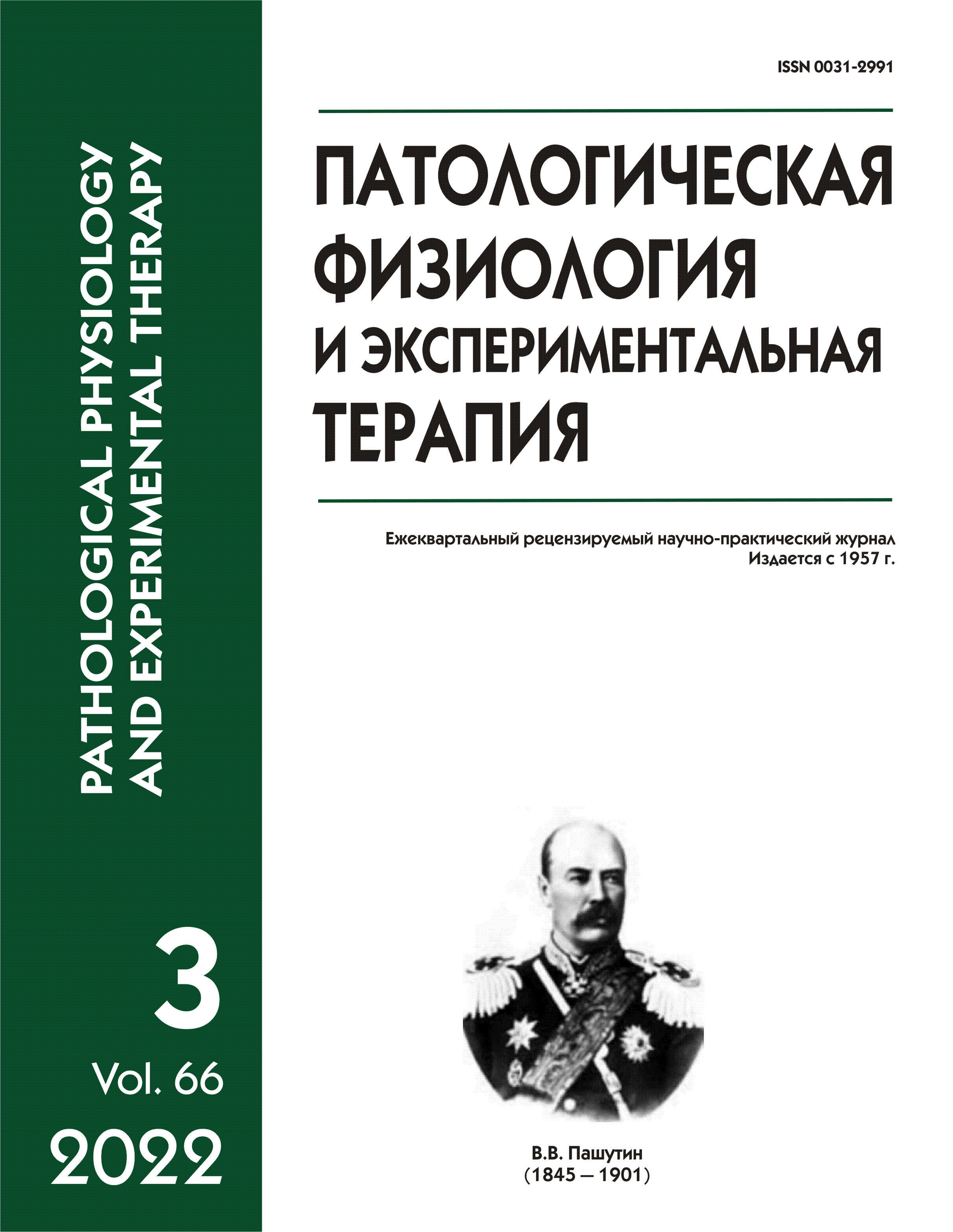Pathogenesis of ureteral dysfunction and compensatory mechanisms of small stone passage: the role of purinergic signaling
Abstract
Аim: To establish the roles of purine P2X1 and P2Yreceptors and the adenosine A2A-receptor in the pathogenesis of muscular dysfunction and the formation of compensatory mechanisms that propel small stones from the middle third of the ureter. Methods. The study included 58 patients who underwent standard lithokinetic therapy (LKT) due to the localization of small calculi (≤6 mm) in the middle third of the ureter. According to the imaging data, the patients were divided into two groups: Group 1 with effective and Group 2 with ineffective elimination of calculi. The study of receptor activity that modulate the ureteral motility was performed in vitro on platelet suspensions. The following agonists were used: ATP, ADP, and adenosine (Sigma-Aldrich Chemie GmbH, Germany) at concentrations causing 50% platelet aggregation in healthy individuals (EC50). Platelet aggregation was assessed by the turbidimetric method on a ChronoLog analyzer (USA). Statistical analysis was carried out using the MedCalc package. Results. At hospitalization, normoreactivity of purine P2 and P1 receptors was observed in patients of both groups. After 4-6 days of LKT, hyperreactivity of P2X1 and P2Y receptors developed in Group 1, but the reactivity of the A2A receptor remained normal. After 7-9 days during the process of calculus elimination, the P2X1 receptor activity was increased (p<0.001). This activity of purine receptors can provide an increase in the contractile activity of smooth muscle cells while maintaining their basal relaxation. This is probably optimal for the small stone passage in the middle third of the ureter. In Group 2, during 4-6 days, the P2X1 receptor reactivity remained normal, but the activity of the P2Y receptor and the A2A receptor increased. This receptor activity did not change after 7-9 days. Therefore, the effective elimination of small calculi is associated with the hyperreactivity of the P2X1 receptor and the normoreactivity of the A2A receptor, whereas ineffective elimination is characterized by the normoreactivity of the P2X1 receptor and hyperreactivity of the A2A receptor. An increased activity of the A2A receptor may be a risk factor for stopping the small stone passage in the middle third of the ureter due to the restricted contractile activity of the muscle layer. Conclusion. When small calculi are localized in the middle third of the ureter, the changes in purinergic signaling can be interpreted as evidence of intracellular Ca2+ modulation in smooth muscle cells, which allows optimization of contraction and relaxation phases of the ureter muscle layer.






